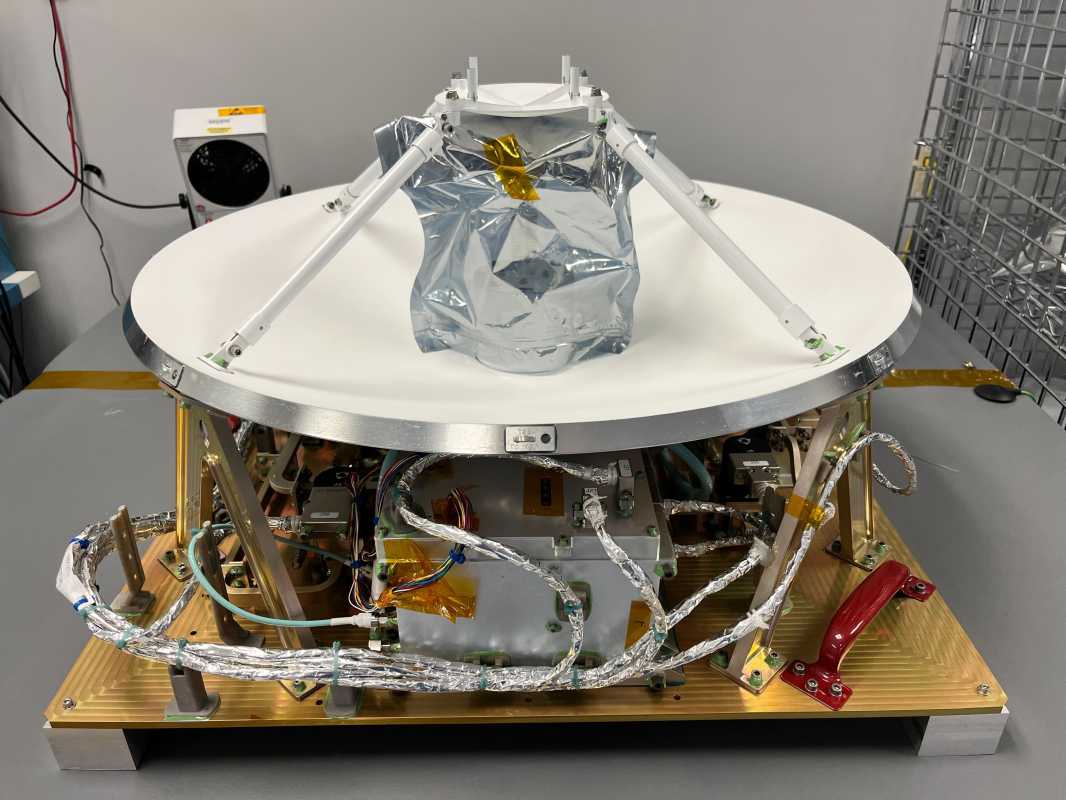Tech
NASA Tests Wideband Roaming Technology for Near-Earth Communications

Reliable communications systems are crucial for every NASA mission. In an effort to modernize its communications infrastructure, NASA’s Space Communications and Navigation (SCaN) program is exploring the feasibility of utilizing commercial satellite communications networks for near-Earth operations. This initiative includes the development of wideband terminal technology, which could enable interoperability between multiple near-Earth network providers, thereby facilitating the agency’s transition towards commercialization.
Wideband terminals, similar to roaming technology utilized by cellphone providers, would allow spacecraft to seamlessly connect to different communications networks, ensuring continuous and reliable service. This technology utilizes transceivers that operate over both government and commercial Ka-band spectrum allocations, delivering multi-access points of services, reduced latency, and cost-effectiveness.
In 2021, NASA’s Glenn Research Center conducted the first successful test of wideband roaming capabilities, marking a significant milestone in the development of this technology. Building upon this achievement, NASA has teamed up with the Johns Hopkins University Applied Physics Laboratory to launch a wideband flight demonstration named PExT in June 2024. PExT aims to showcase contact and link management, as well as data flow with existing NASA TDRS service and three commercial providers.
Over the next decade, NASA plans to transition its missions towards adopting commercial space-based relay services to fulfill their near-Earth communications needs. To achieve this, the agency’s Communications Services Project has collaborated with six commercial companies to develop innovative space communications architecture.
Wideband terminals utilize software-defined radios (SDR), enabling waveform changes while spacecraft are already in orbit. This SDR technology plays a vital role in supporting the adoption of new and evolving commercial services by NASA missions as they become available in the near future.












